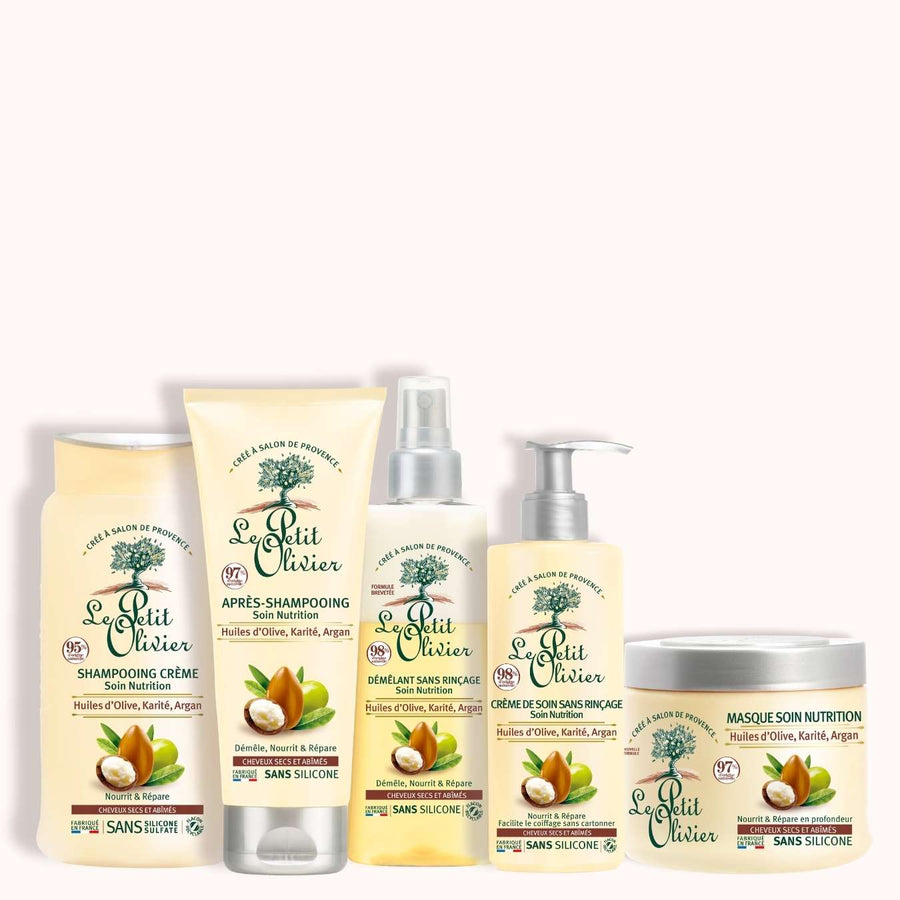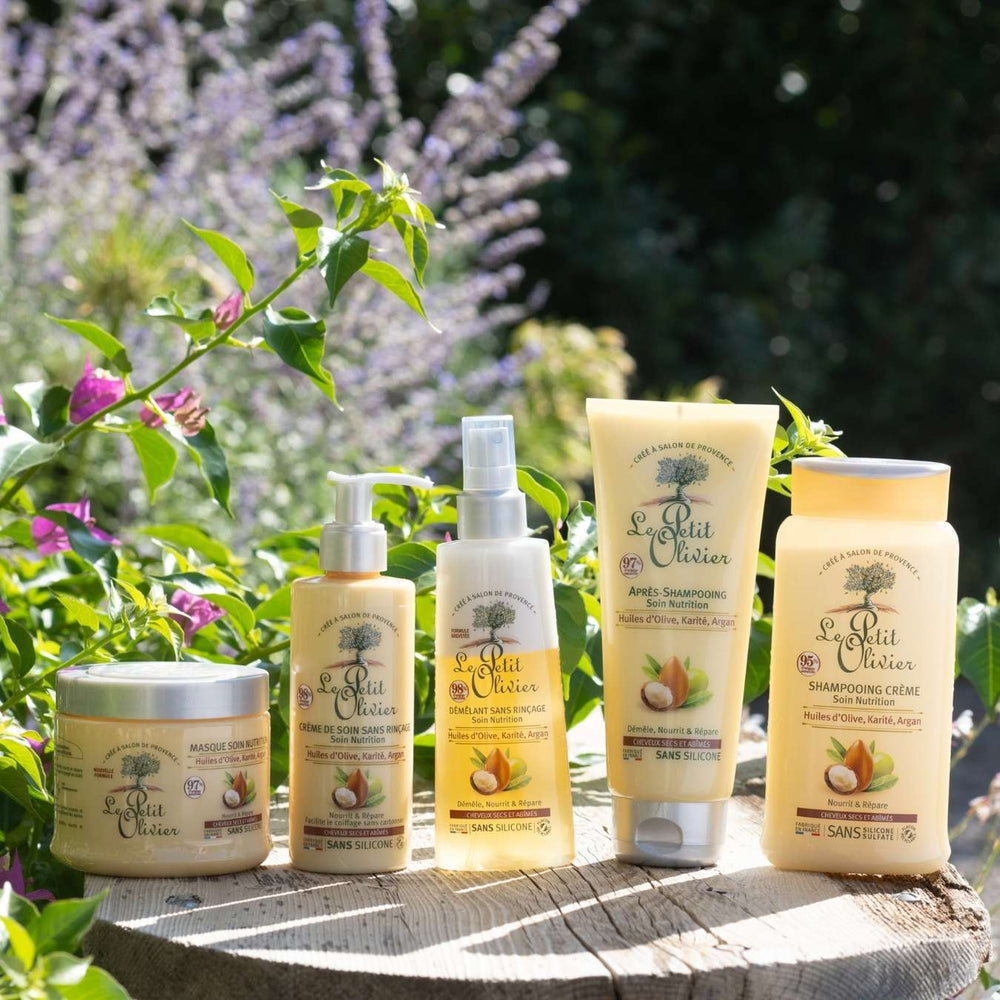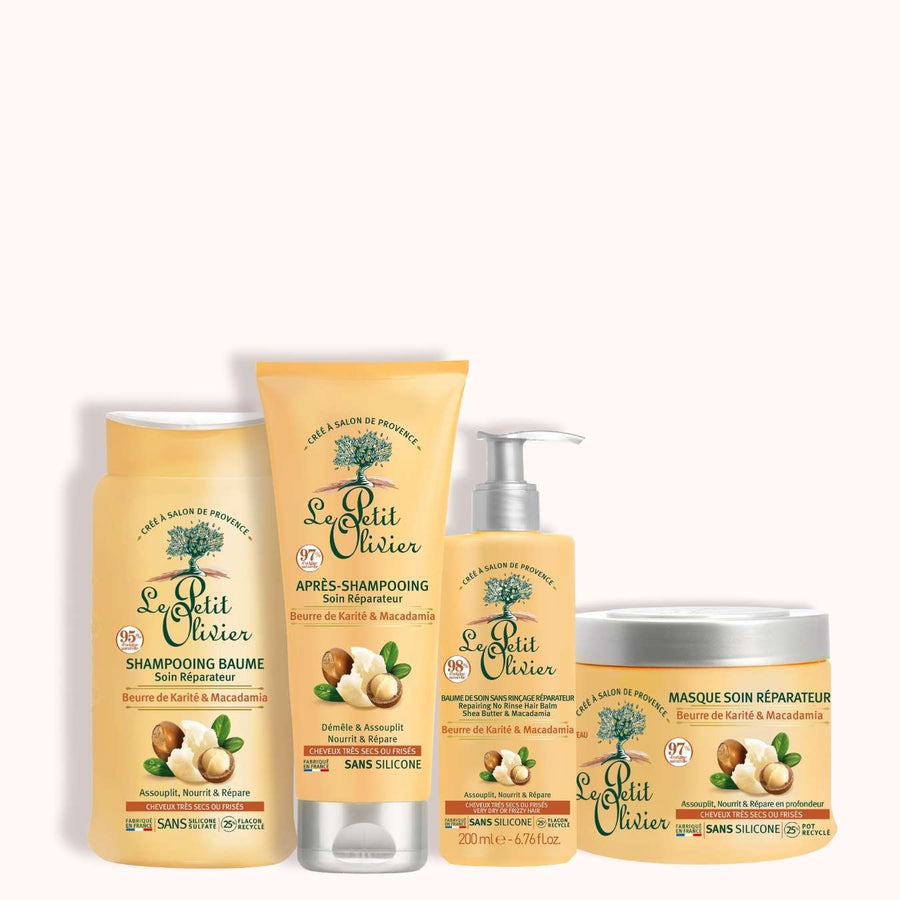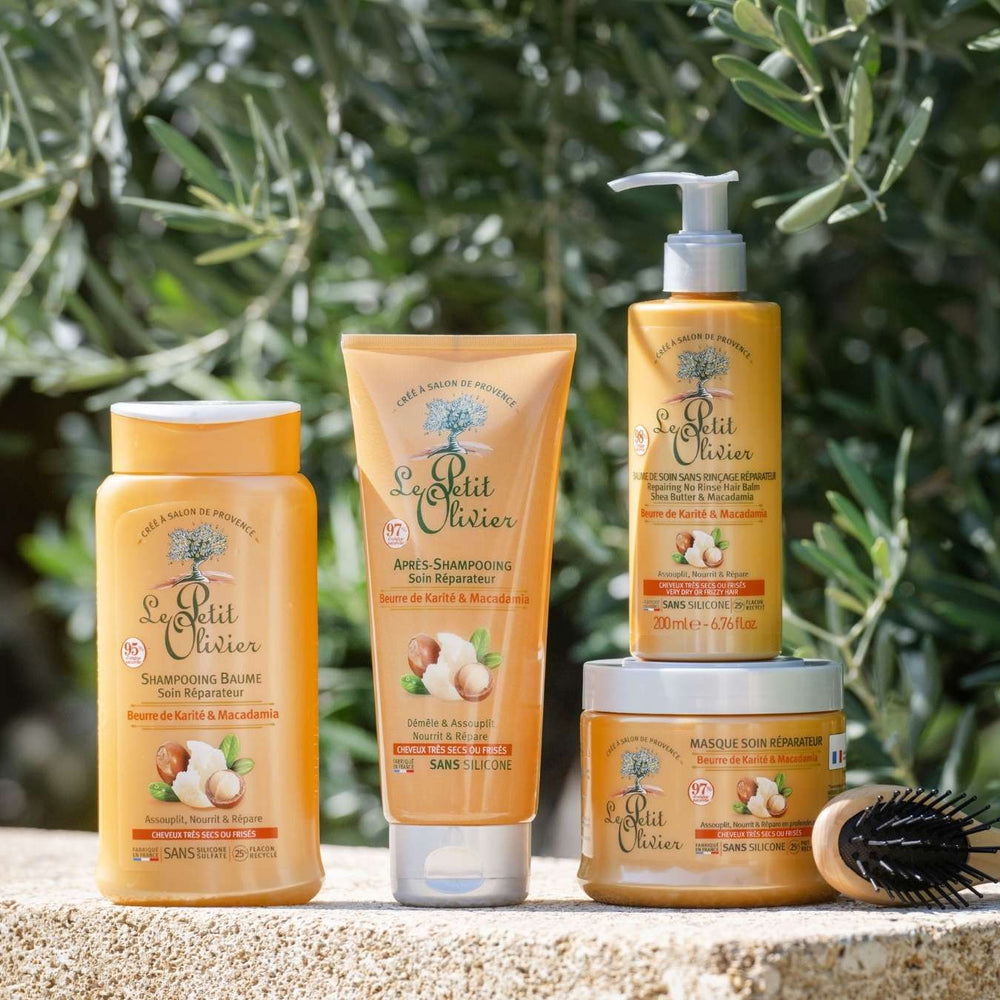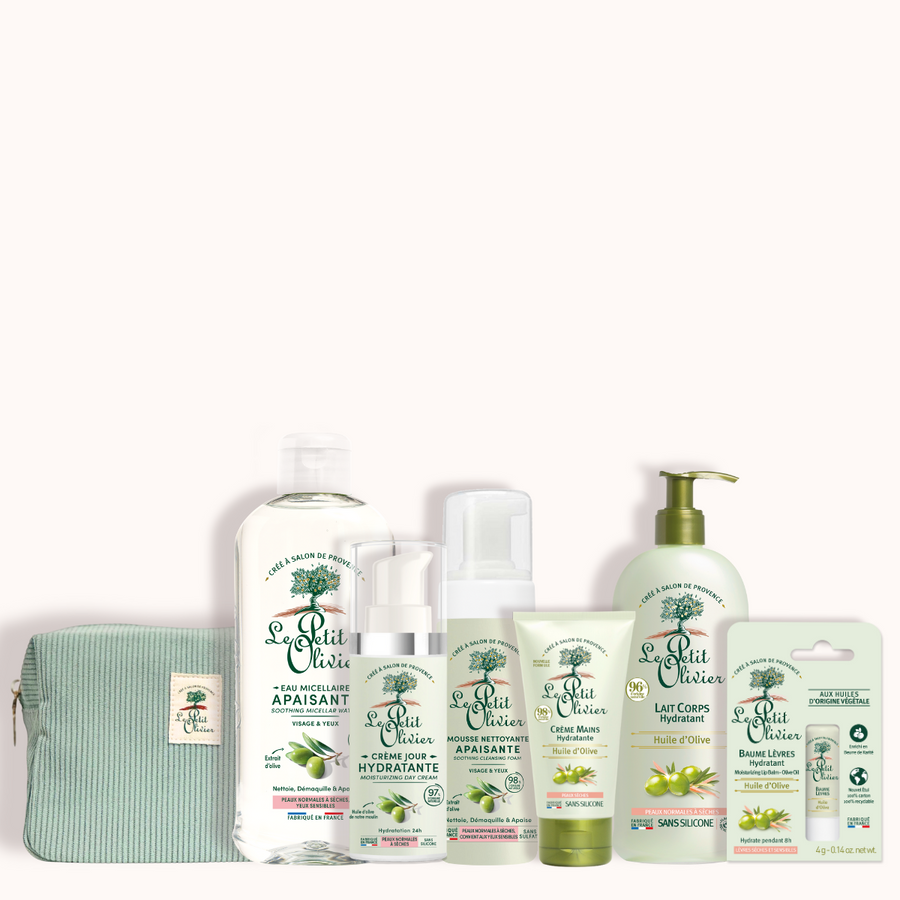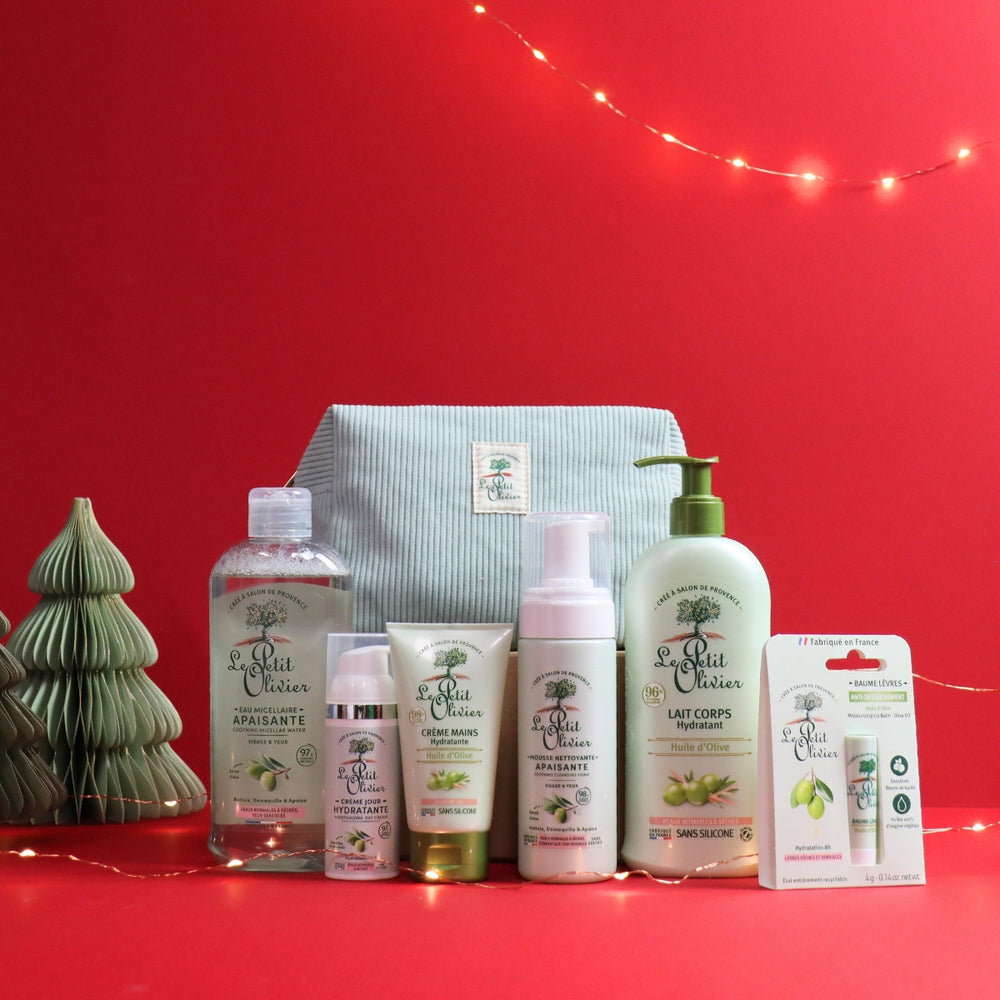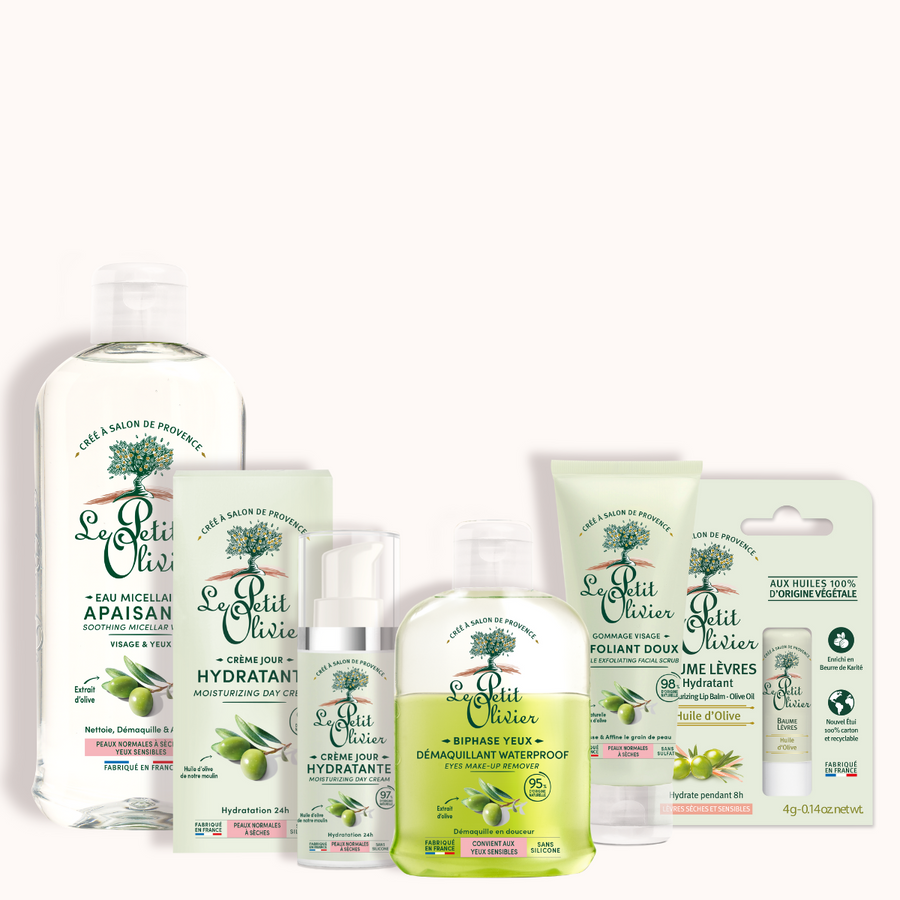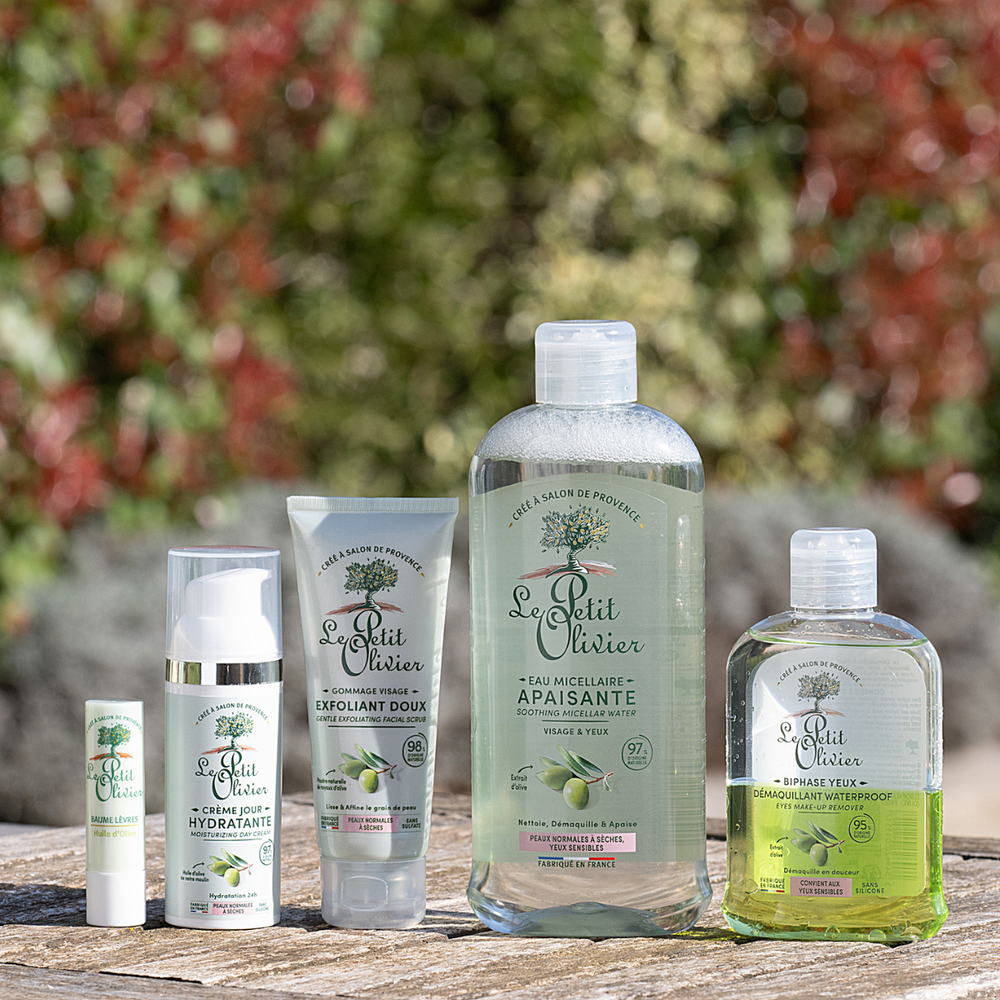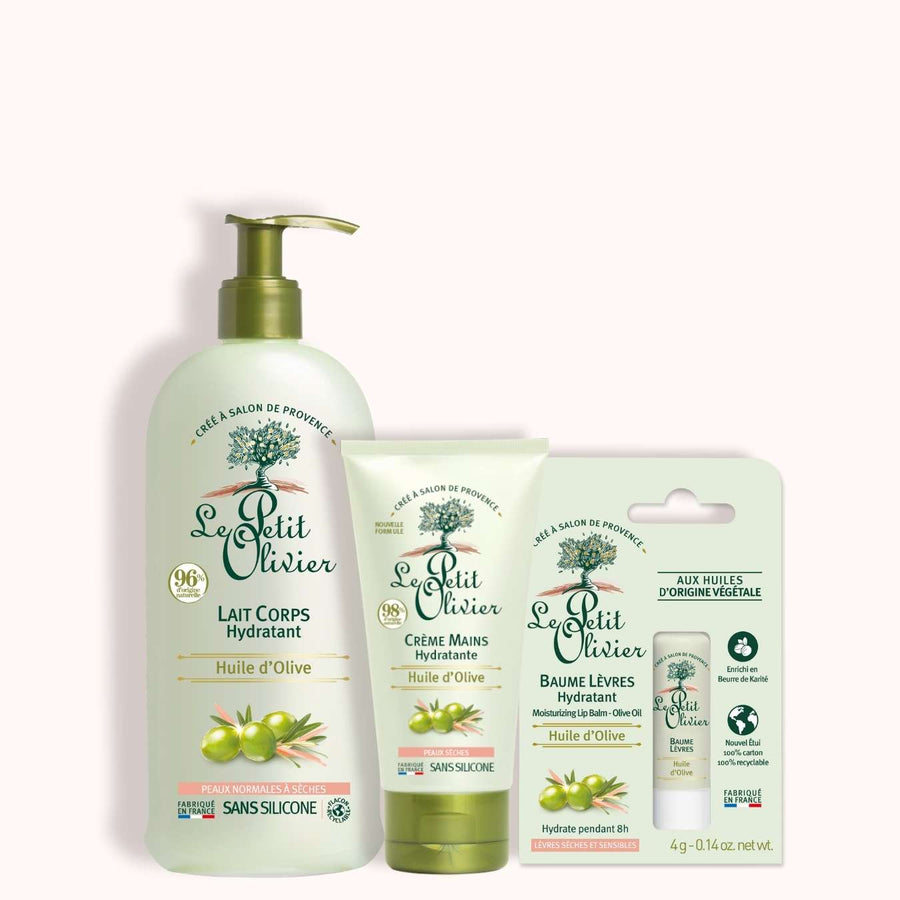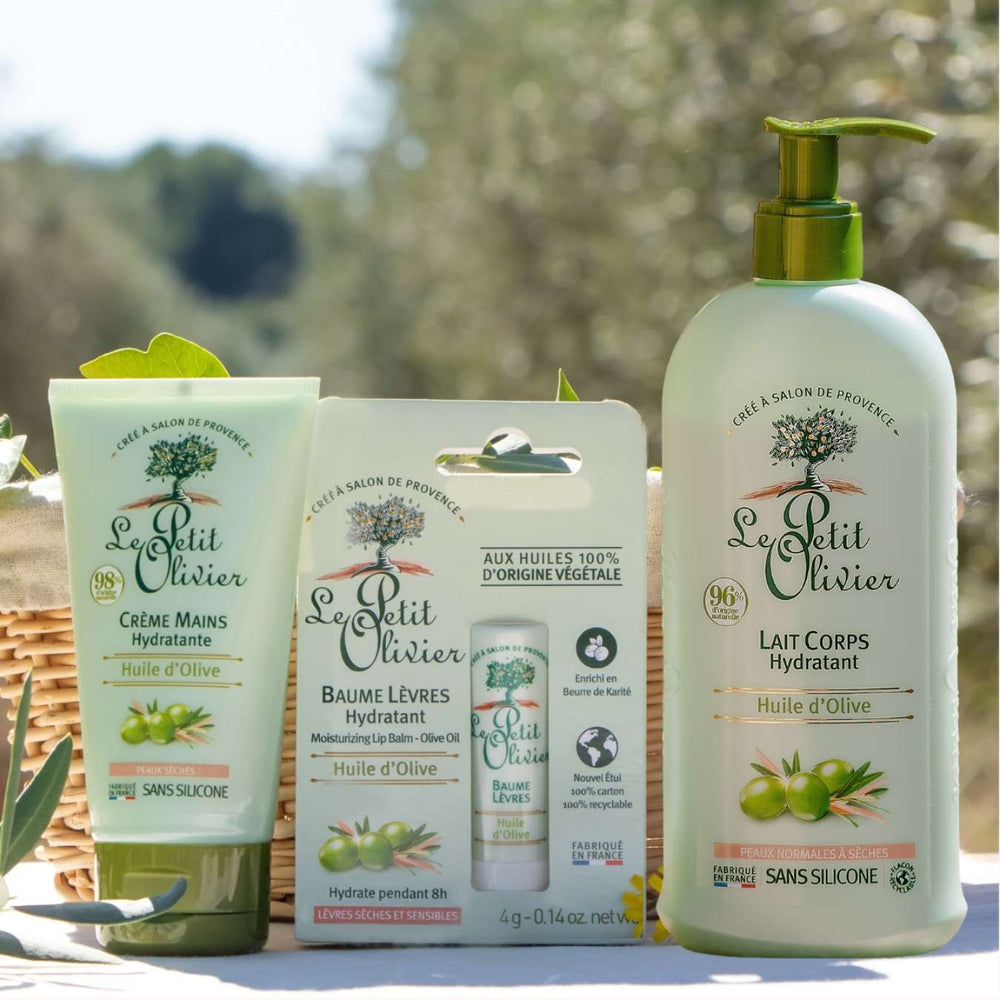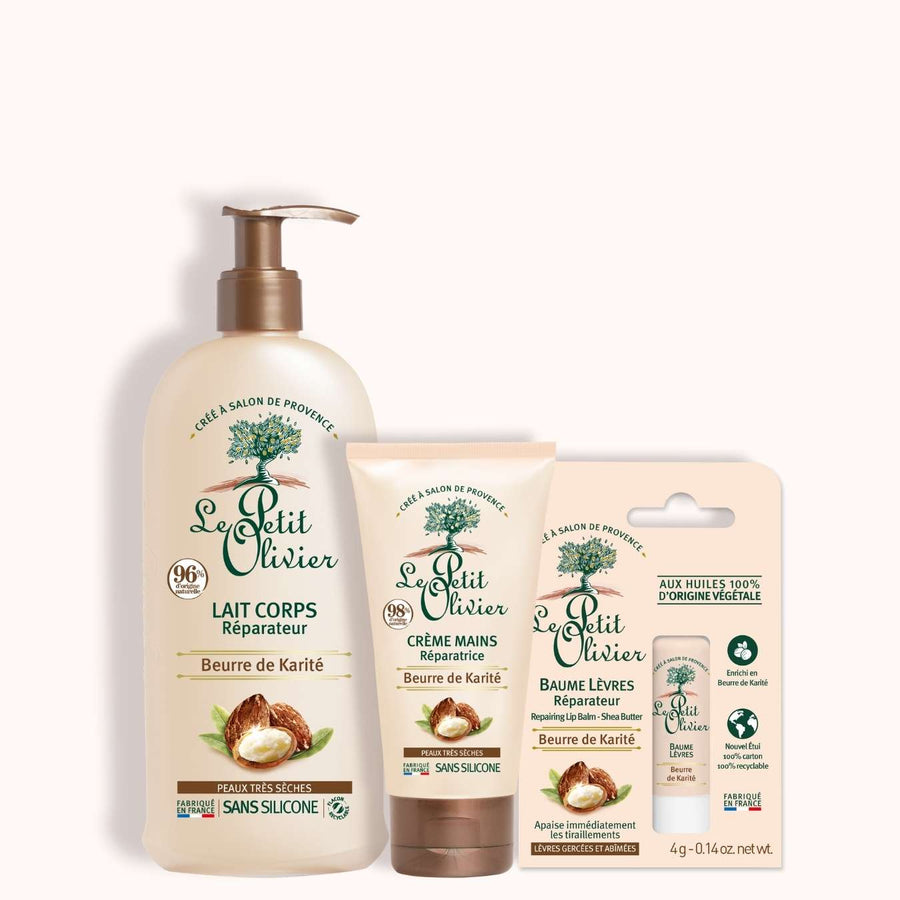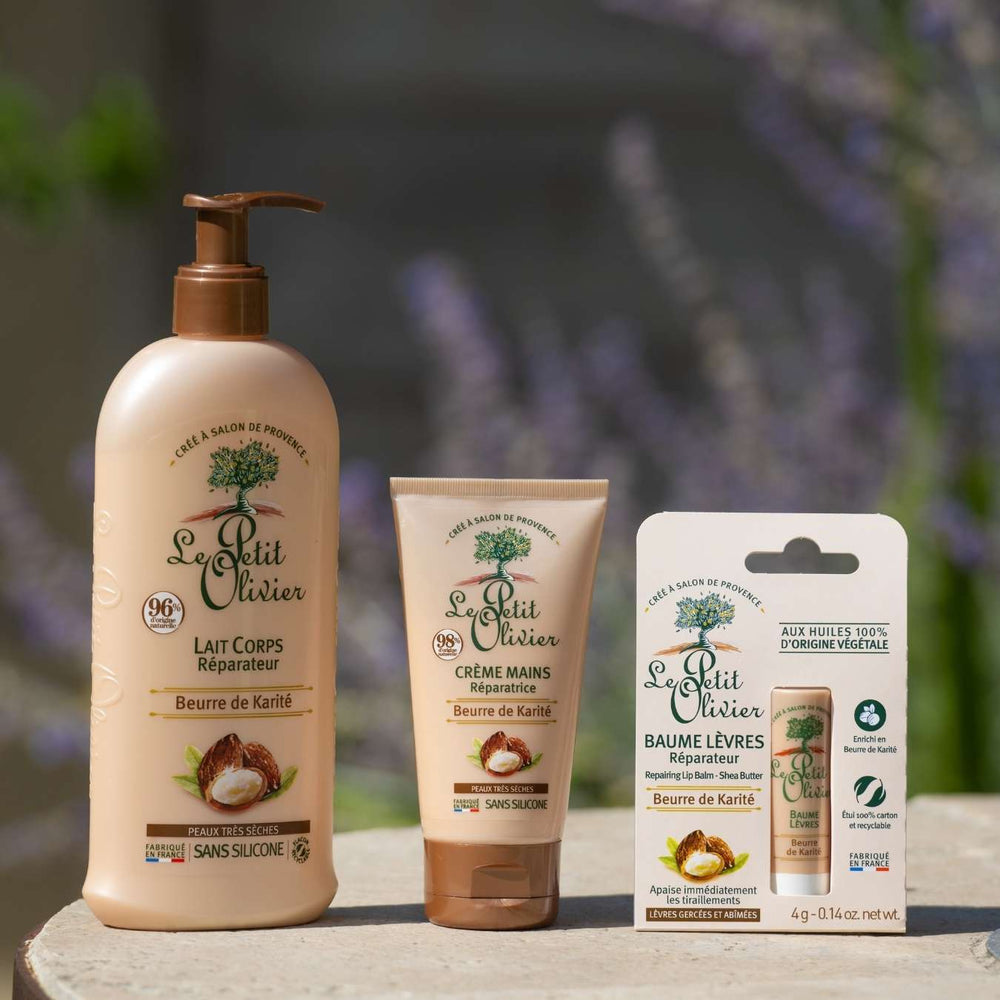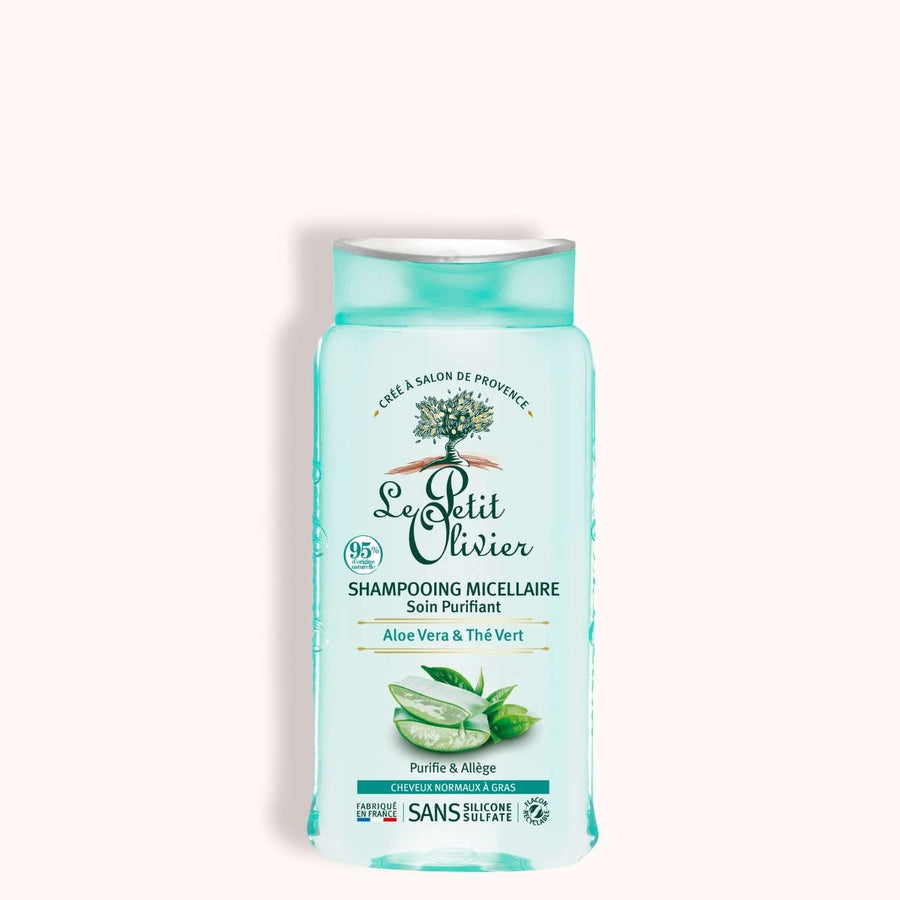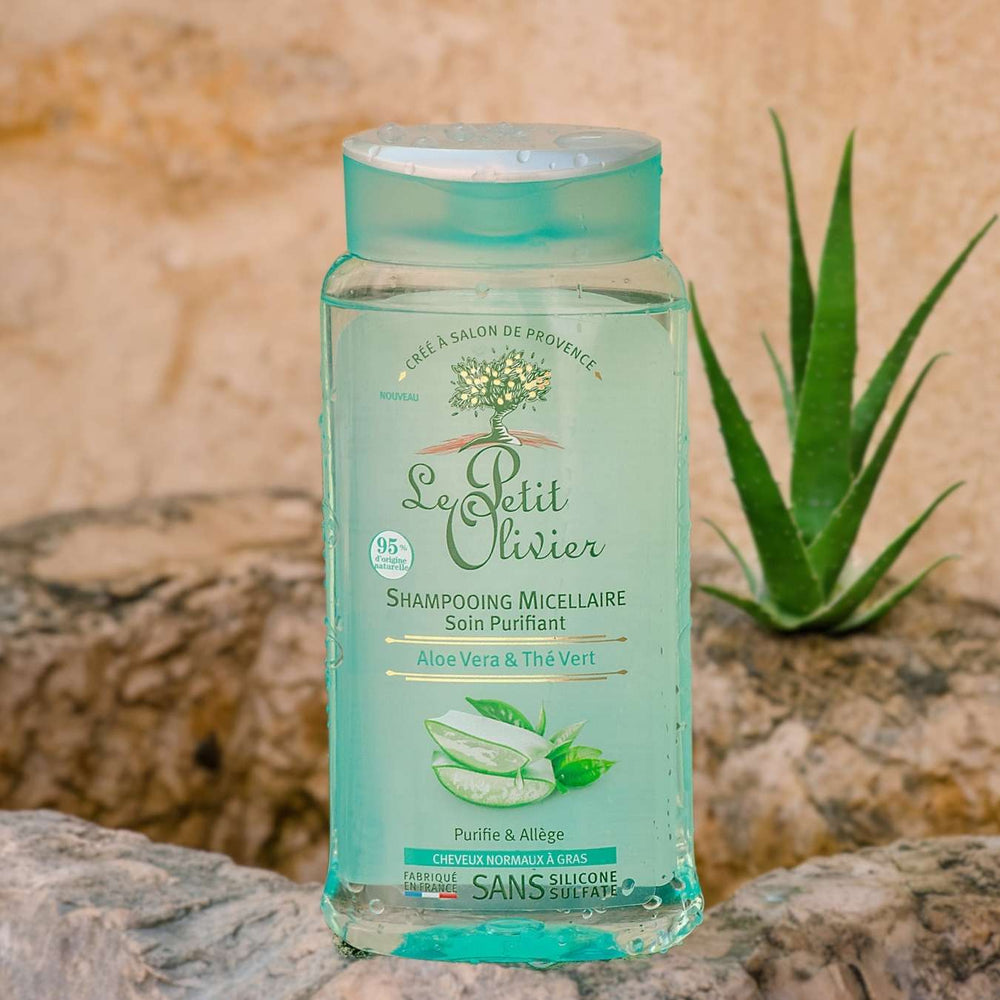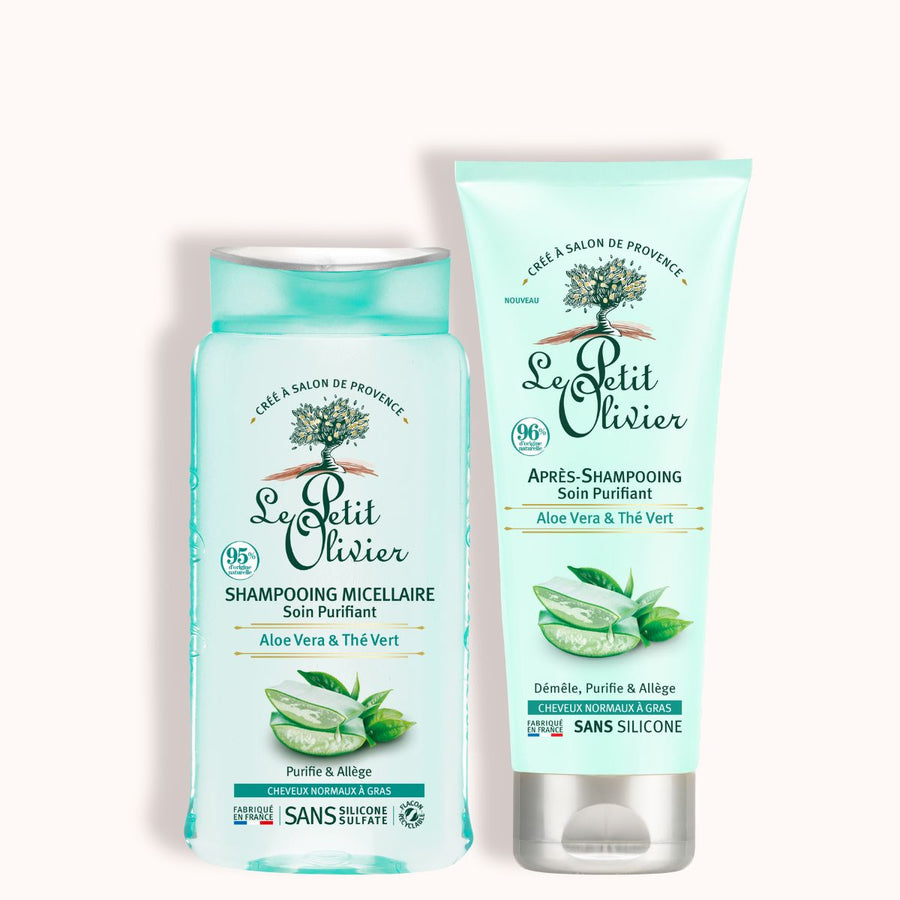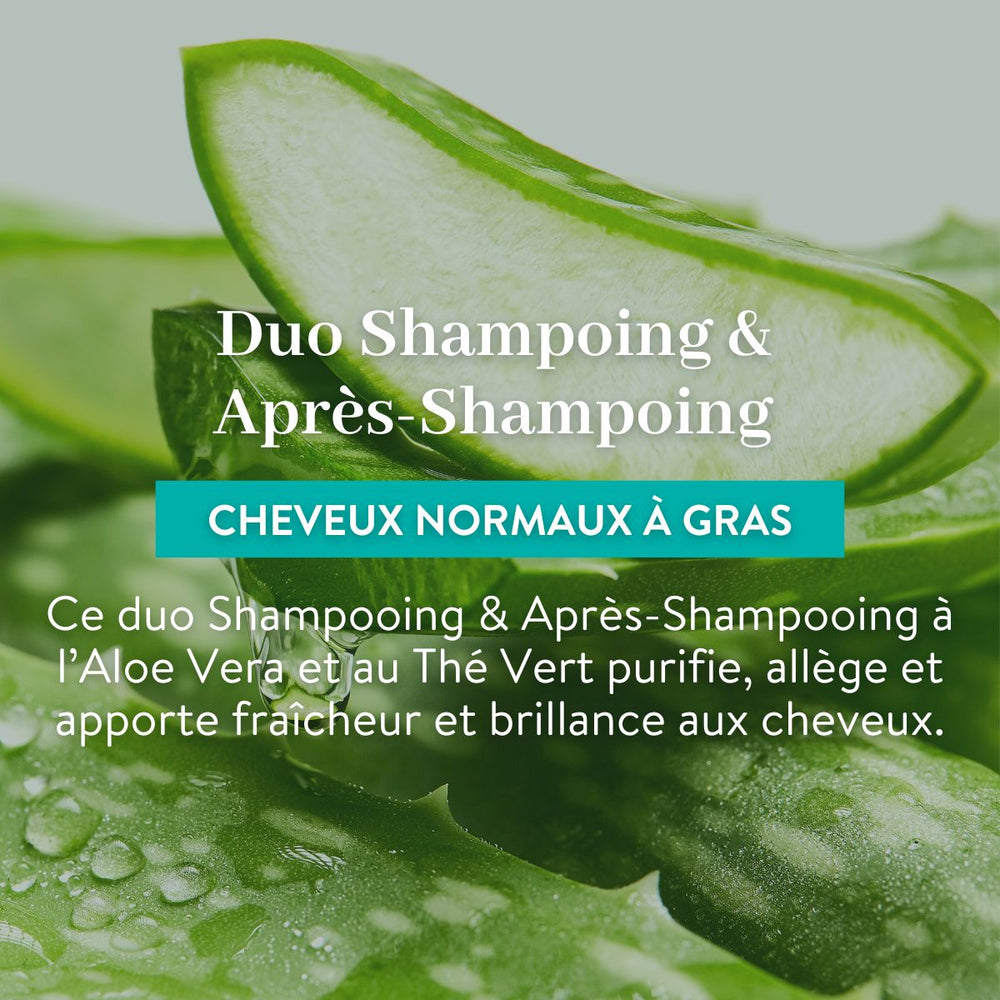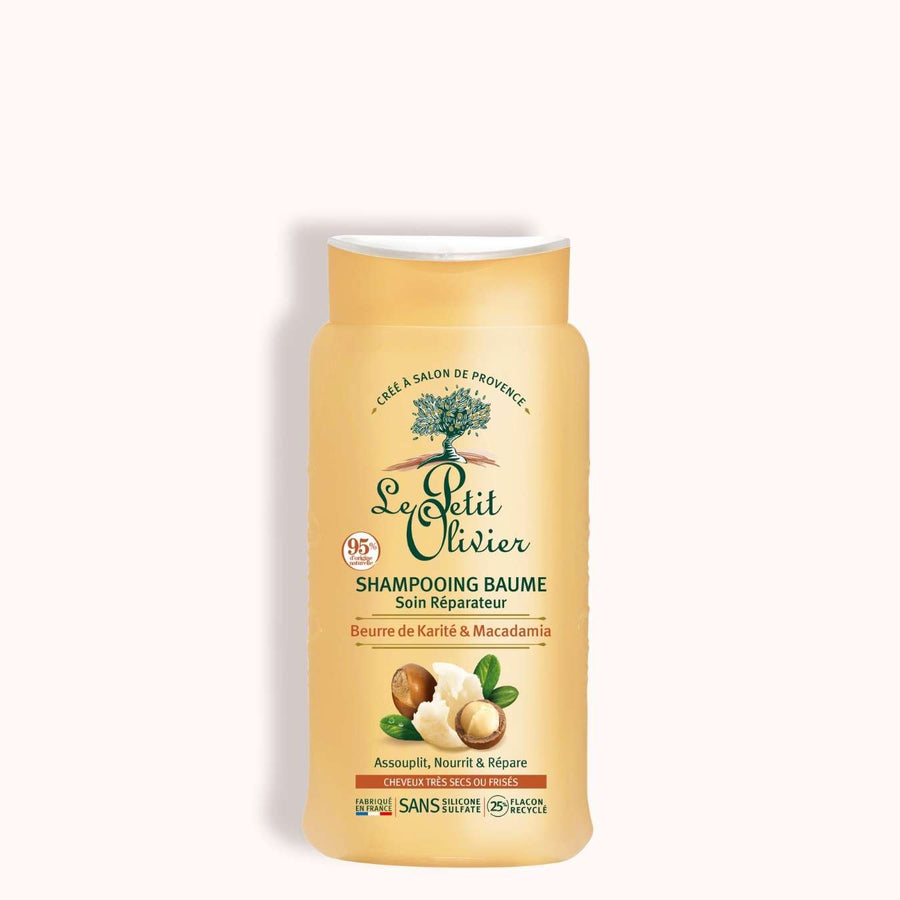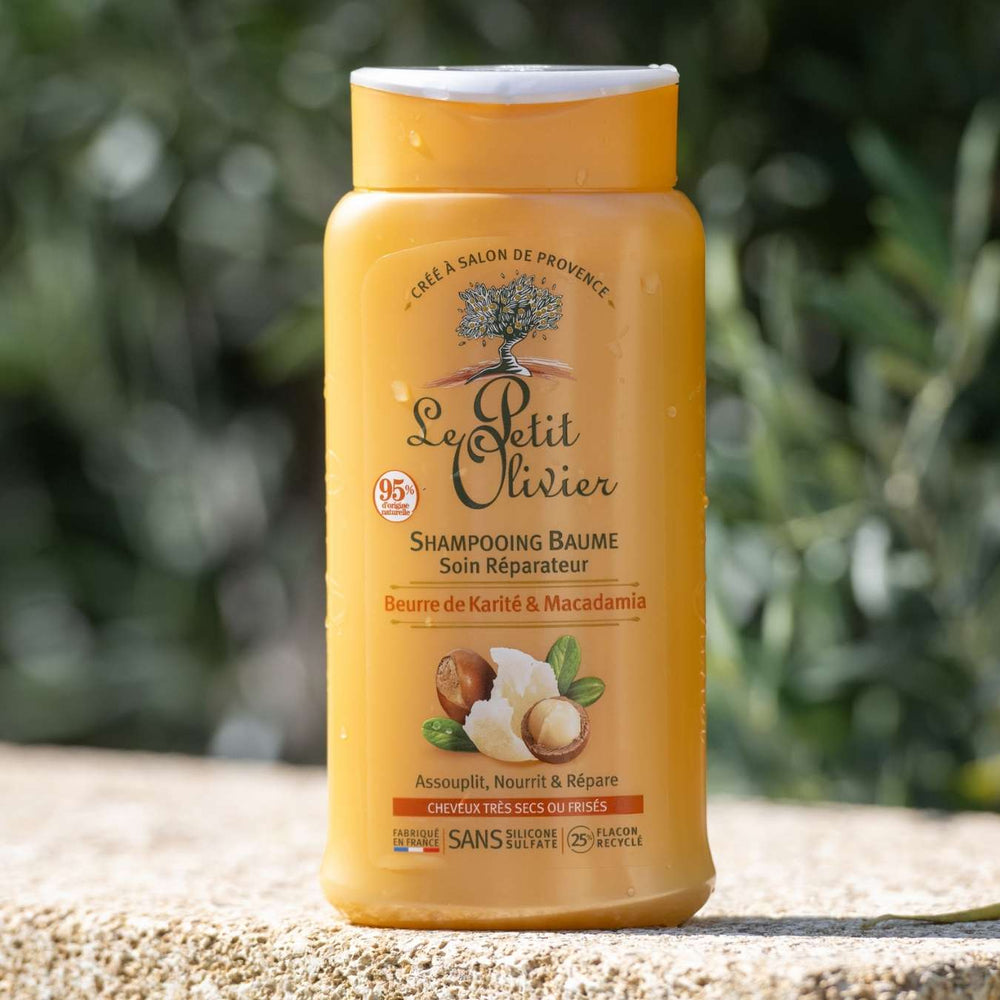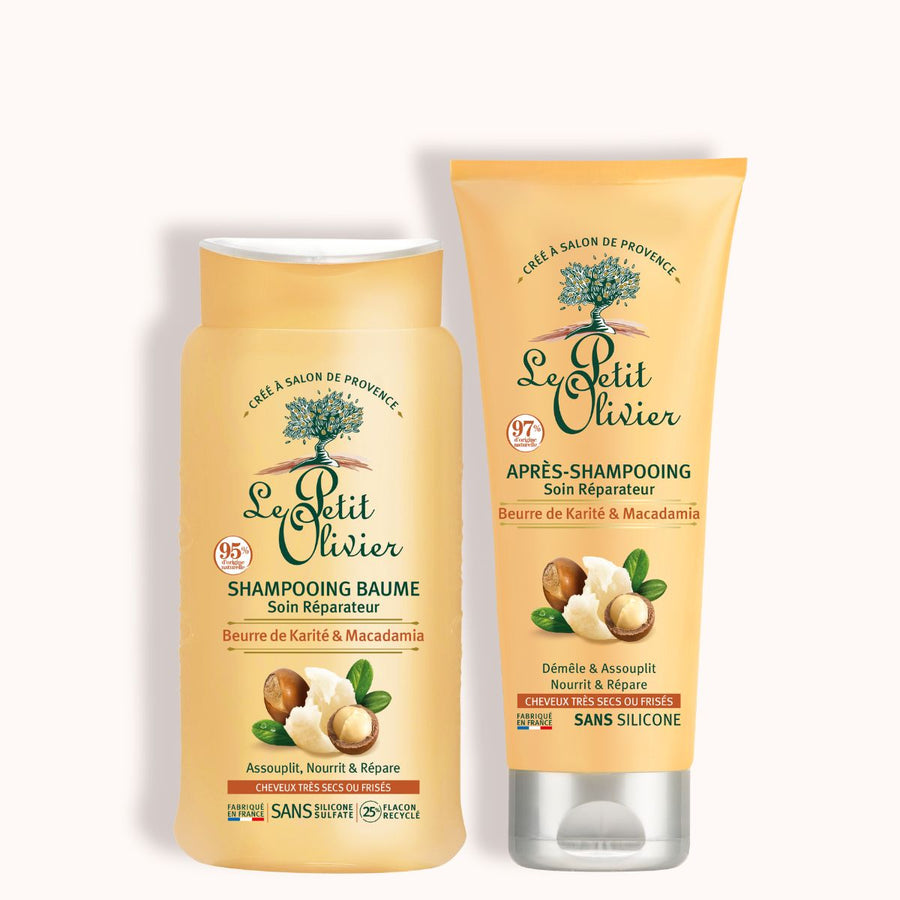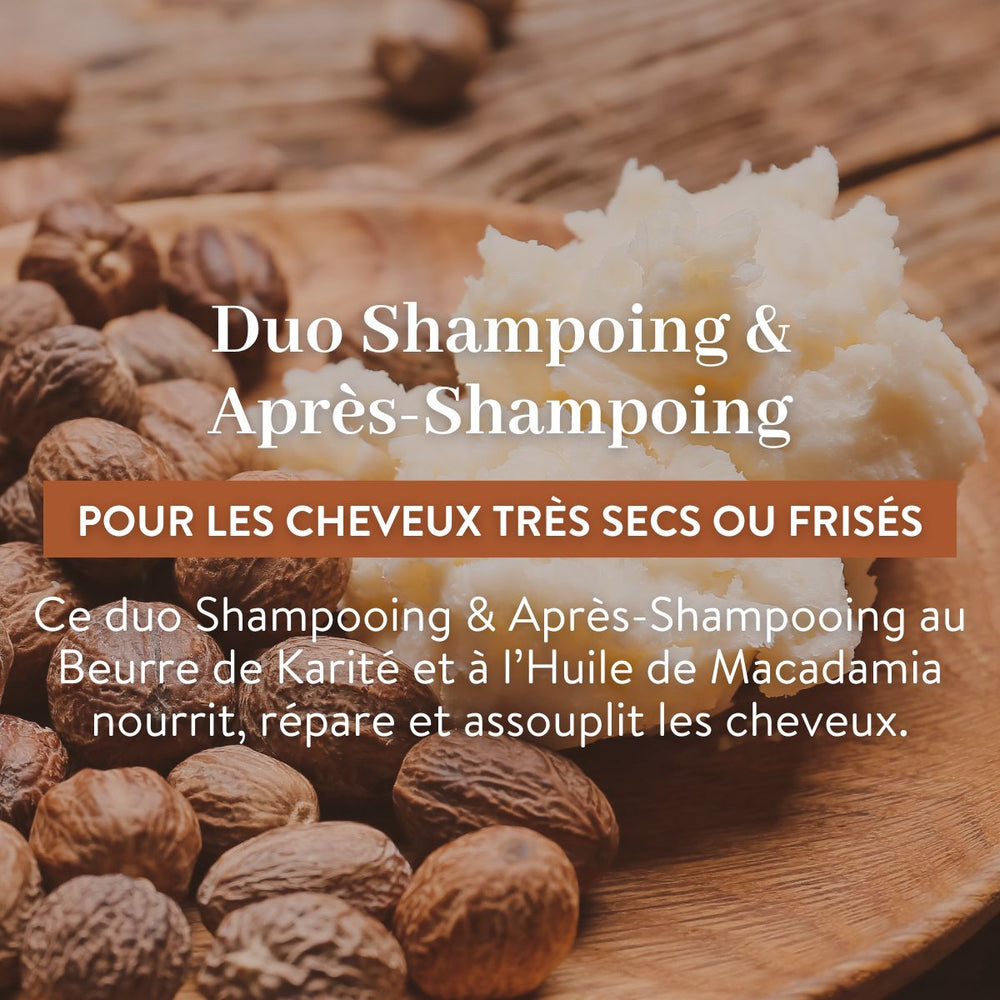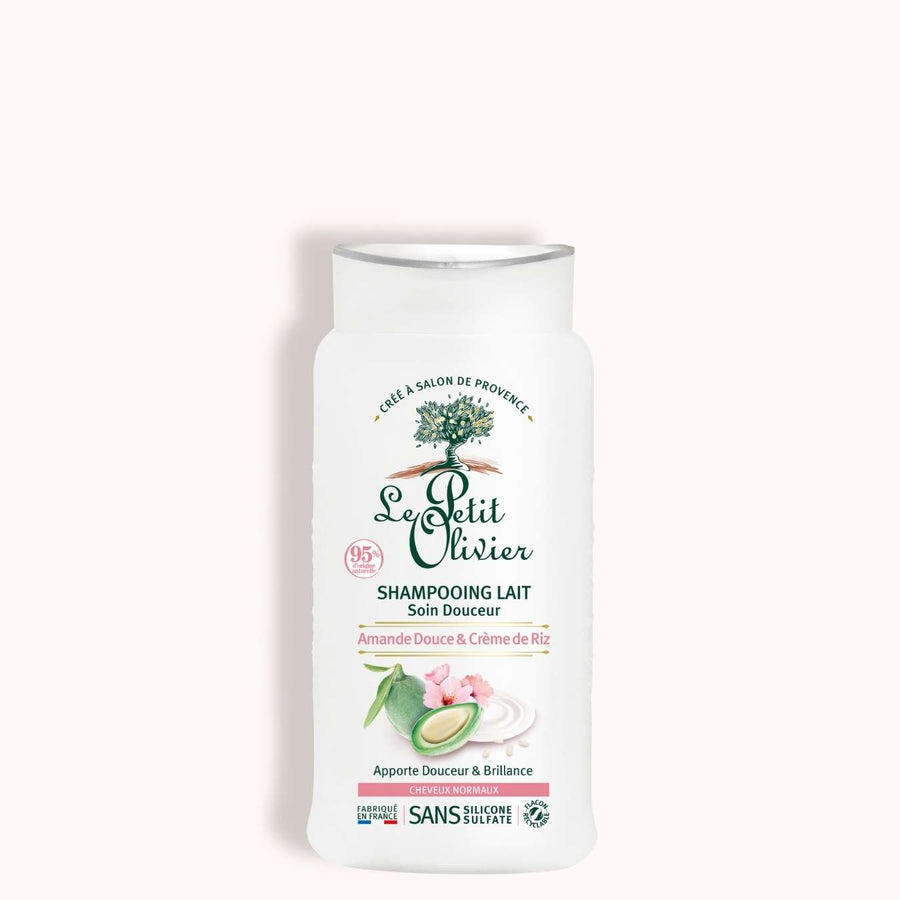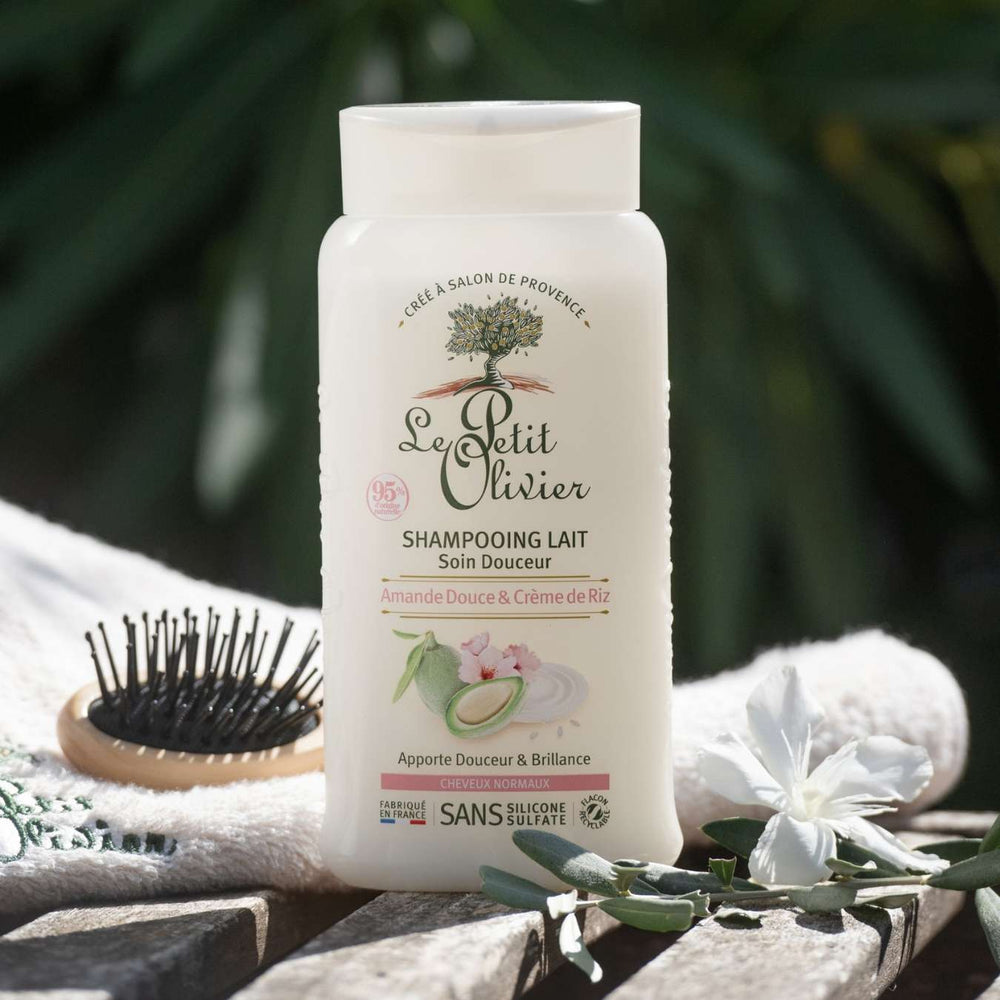How to identify toxic ingredients on shampoo labels?
The world of shampoos is full of mysteries for anyone interested in the composition of these everyday products. The often complex labels contain crucial information on the active ingredients used and their potential impact. Knowing how to decipher these indications is essential to avoid certain controversial ingredients that could harm your hair. By familiarizing yourself with the mandatory information and technical terms, you'll be able to make informed choices.
Our exploration will begin with an analysis of sulfates and parabens, two elements frequently singled out for criticism. We'll then look at the short- and long-term impact of these ingredients, before considering more respectful alternatives. Finally, we'll break down current regulations and share a few tips on how to effectively check the composition of your favorite shampoos.
Understanding shampoo labels
Mandatory information on shampoo labels
In theworld of hair care, deciphering the labels on your shampoos can be a real odyssey. Yet understanding them is crucial to making informed choices in line with your values. Compulsory information, governed by the French Public Health Code, provides you with an essential first level of information. You'll find the name or company name of the manufacturer, its address in the European Union or the European Economic Area, and the country of origin if the product was manufactured outside these zones.
Why is this information important? It allows you to clearly identify the product's origin and verify its compliance with European standards. These details guarantee not only traceability, but also a degree of transparency regarding the manufacturer's ecological and ethical commitment.

Interpret technical terms on shampoo labels
Cosmetic productlabelling often uses technical jargon that may seem impenetrable at first glance. However, by decoding certain key terms, you can better understand the composition of your shampoo. For example:
- Surfactants: these foaming and detergent agents are essential for effectively cleansing your hair, removing impurities and grease without damaging the scalp;
- Sulfates: often criticized for their irritant potential, they are nevertheless prized for their ability to produce abundant foam;
- Active ingredients: these specific compounds provide targeted benefits such as hydration and protection against external aggressors.
Have you ever noticed those italicized names on your bottle? This is often the INCI nomenclature (International Nomenclature of Cosmetic Ingredients), standardized to ensure clear identification of the substances used. Familiarizing yourself with these terms can transform your shopping experience into a truly conscious and committed act.
Common toxic ingredients in shampoos
Sulfates in shampoos: a controversial ingredient
Sulfates, ubiquitous in many hair care products, arouse passionate debate among discerning consumers. These washing agents, renowned for their ability to produce a generous lather and effectively remove impurities, are often criticized for their irritating potential. Indeed, although their detergent action is undeniable, they can sometimes dry out the scalp and weaken the hair fiber. Imagine washing your hair with a product that not only removes dirt, but also essential natural oils! For those of you with sensitive scalps or color-treated hair, opting for sulfate-free formulas could be a sensible alternative.
Parabens in shampoos: what you need to know
Parabens, used as preservatives to prolong the life of cosmetic products, are the subject of increased vigilance. Their presence on the label can raise concerns about their potential effects on hormonal balance. Although some studies have raised questions about their long-term safety, it is crucial to note that not all parabens present the same risk. Modern formulations tend to reduce or eliminate these controversial components in favor of safer, equally effective alternatives. So why not explore these options when choosing your next shampoo? Turning to paraben-free products could ease your concerns while preserving the integrity of your hair routine.
Impact of toxic shampoo ingredients on well-being
Short-term effects of toxic shampoo ingredients
When you dip your hair into a creamy mousse, have you ever considered the immediate effects that certain ingredients can have on your scalp? Sulfates, for example, although effective at removing impurities, can lead to pronounced irritation and dryness of the scalp. This unpleasant sensation of tightness after rinsing is not harmless and may be a sign of skin aggression. Similarly, the synthetic fragrances present in some shampoos can provoke allergic reactions such as redness and itching. These manifestations are often underestimated, but deserve special attention to preserve the daily comfort of your scalp.
Long-term consequences of toxic ingredients in shampoos
Beyond immediacy, repeated use of products containing certain controversial active ingredients could have insidious repercussions on the hair fiber and scalp. Parabens, for example, although used for their preservative properties, raise concerns about their potential accumulation in the body. Studies suggest that prolonged exposure may disrupt the natural hormonal balance. What's more, the continued presence of silicones in your hair care products can create an artificial barrier around the hair, preventing its natural hydration and ultimately leading to increased fragility of the hair fiber. Faced with these potential risks, it's essential to adopt an informed approach when choosing your hair care products, to ensure not only the beauty but also the longevity of your hair routine.
Alternatives to toxic ingredients in shampoos
Natural active ingredients for shampoos
In your quest for a shampoo that respects your hair, exploring natural active ingredients can be a rewarding process. These elements, derived from nature, offer a gentle, effective alternative to the often-criticized synthetic components.
These active ingredients don't just enhance your hair: they also contribute to a care ritual that's in line with an eco-responsible approach. By opting for these natural alternatives, you're choosing not only beauty, but also respect for your hair's environment.
The formulas of Le Petit Olivier products include a high percentage of ingredients of natural origin, and comply with a stringent internal formulation charter.
Shampoo brands focused on non-toxic formulations
In the face of growing concerns about the composition of hair care products, some brands stand out for their commitment to formulations free from controversial ingredients. These hair care pioneers make a point of offering products that combine effectiveness and transparency.
Take, for example, brands that deliberately exclude sulfates and parabens in favor of carefully selected natural active ingredients. These companies rely on rigorous traceability and often work in short circuits to minimize their ecological footprint. In this way, they meet the expectations of a clientele eager to consume differently.
Dear reader, when you're browsing the shelves or browsing online in search of the perfect shampoo, remember to check the ethical commitment displayed by these brands. This could turn your hair routine into a real act of commitment to yourself and to our planet.
Regulations on shampoo ingredients
European standards for shampoo ingredients
When it comes to hair care, European regulations play a crucial role in guaranteeing the safety and efficacy of the products you use every day. Regulation (EC) n°1223/2009 on cosmetic products, in force since 2013, establishes a strict framework for controlling the substances authorized in your shampoos. This text requires manufacturers to ensure the biocompatibility of ingredients through a rigorous assessment and to comply with a restrictive list of prohibited elements or those subject to conditions.
Particular attention is paid to colorants, preservatives and UV filters: only certain colorants listed in Annex IV of the regulation may be used, thus guaranteeing their safety for your scalp. What's more, each product must be accompanied by a Product Information Dossier (PIF), containing full details of its composition and potential effects.
Have you ever noticed the words "hypoallergenic" or "dermatologically tested" on your bottles? According to European regulations, these claims must be scientifically justified, so as not to mislead the discerning consumer.
Regulatory changes concerning shampoo ingredients
The constant evolution of scientific knowledge regularly leads to regulatory adaptations designed to reinforce your protection as a consumer. Take the example of parabens: once widely used as preservatives, some have been restricted or even banned following studies suggesting their endocrine-disrupting potential.
This permanent readjustment is based in particular on the opinions of the Comité Scientifique pour l'Intégrité des Consommateurs (CSCI), which continually assesses the safety of the substances used in your hair care products. This heightened vigilance often leads to reformulation by manufacturers anxious to comply with new requirements while preserving the efficacy and integrity of their ranges.
As an informed consumer, it's essential to keep abreast of these developments so you can adapt your choices accordingly. This is why you should choose proactive brands that anticipate these changes and commit to a transparent, responsible approach.
Tips for checking shampoo ingredients
How to use apps to analyze shampoo ingredients
In the labyrinth of shampoo compositions, mobile applications can become your precious allies. They help you decode complex labels and quickly identify controversial ingredients. But how can you be sure they're reliable? First of all, choose apps recognized for their scientific rigor and transparency in product evaluation.
These digital tools generally work by scanning the product's barcode, then comparing its composition with an exhaustive database. However, bear in mind that these databases are subject to constant evolution: they need to be updated regularly to incorporate new formulations on the market.
Have you ever been frustrated by an application that doesn't recognize your favorite product? This can happen when the product has not been updated, or if it's a recent product. In this case, it's a good idea to supplement your analysis with a careful reading of the labels.

A quick guide to shampoo labels
Knowing how to read a label effectively can transform your shopping experience into a conscious and informed act. Here are a few tips to help you:
- Keep it simple: a short list is often synonymous with uncluttered wording and no unnecessary superfluous items;
- Beware of complex terms: long or unpronounceable chemical names can hide undesirable active ingredients;
- Look for labels: a recognized ecological or organic label can guarantee a certain level of commitment from the manufacturer;
- Consider the order of ingredients: those listed first are present in greater quantity in the product.
The label thus becomes an invaluable tool for navigating the countless options available and choosing the one that best matches your hair expectations. By combining technology and personal know-how, you can make a well-considered choice that respects both your scalp and your personal values.
We recommend these other pages:
